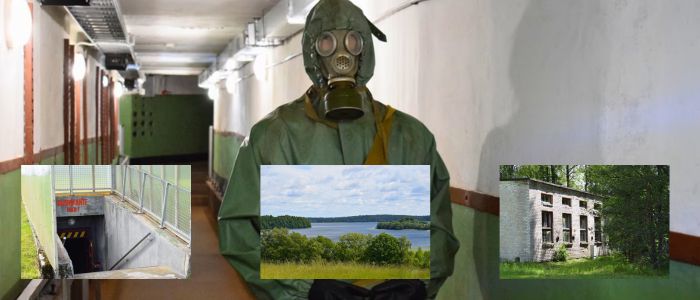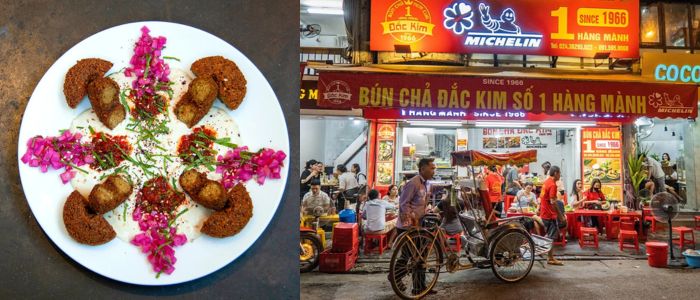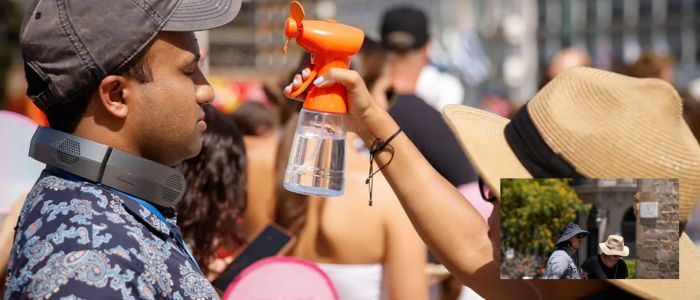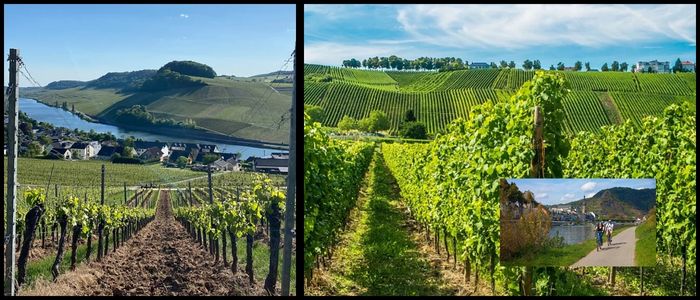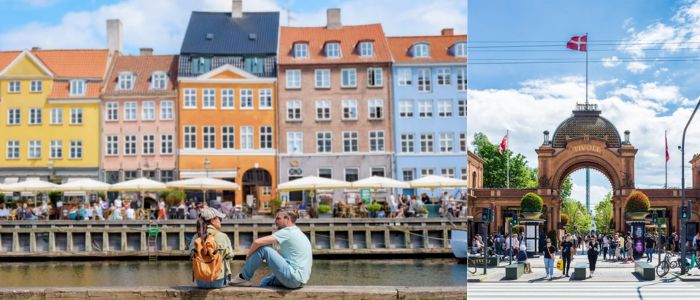The population of Miyoshi, which exceeded 77,000 in 1955, has declined to about 20,000, and more than 40% of people are over 65. Sure, they’re getting turned into one-of-a-kind guesthouses — as opposed to being left to rot.
One such place is called Hare to Ke, which is a short ride from the former Deai Elementary School, which only had five students when classes stopped in 2005 and the building was given a second life as a peaceful retreat. The building was finally retired in 2013 after a year of neglect.
That was until Tokyo-based designer Shuko Uemoto toured the school with her young son in 2014. Coudres got a sense of space as she was bowing to the fresh air and wild she found in it and re-imagined the future of its inside. Her son’s asthma subsided during their visit, and the idea of raising a child in the heart of nature ignited her.
He presented an elaborate three-year plan to transform the school into a guesthouse, relocated from Tokyo to Miyoshi, and gave the floor to guest-ops. Thanks to the help of residents, Hare to Ke reopened, and soon the people and the energy began pouring back in. “When the townspeople (resurrected the festival), their spirit was renewed,” said local official Yuko Oka. “The lights are on and people feel like they belong again,” she said.
Thirteen other vacant schools in Miyoshi have been converted into cafes, offices, and guesthouses since then explaining how Japan’s depopulating countryside can reinvent itself without ignoring the legacy.
Where Memories and Modern Comforts Collide
Hare to Ke is not a classroom. The inn is a place for peace and tradition. Its name is a subtle reference to a traditional Japanese concept, one that some might recognize from the ancient name of Kyoto’s Gion district, the location of the famous geisha tea houses: hare (special times and festivals) and ke (ordinary daily life).
The brightening world of today is far too focused on always being in the highest state of excitement, says Uemoto. The refuge she provides is that of stillness.
At the inn, you get to sip herbal tea, talk among the trees, and breathe mountain air tinged with a welcome, hard-won chill. They are hung with familiar schoolroom objects like chalkboards or eye charts, the better to pick up and keep the building’s past alive. Graduation murals still hang in the walkway, and former schoolchildren come back to play gate ball on the old school grounds.
The highlight of the inn is the sauna with forest views. The ritual recalled by our guest Mari Azumi... in the steam surrounded by cedar, plunging into cool spring water and then reposing under the trees. “You start to feel like you’re just part of the landscape,” she said. “It’s this nostalgic, and yet so unfamiliar feeling, but also a coming back to nature.”
Hare to Ke also offers a “Sleep Trip” plan. Meals feature grains sown in local, precipitous-terraced fields, wild game, and seasonal vegetables. “These terraces have been preserved for more than 400 years and are key to conserving the rich culture and beauty of the region.
Culture Community A New Way to Look at America’s Response to the Coronavirus: Podcast A House committee has received a classified briefing on the government’s pandemic response, with a discussion that mirrored the report about Ebola.
To bring visitors and residents together, Hare to Ke provides season-based cooking classes using local ingredients. On the second Sunday of each month, Miyoshi holds a night market with food and Awa Odori (Tokushima’s famous traditional dance) lessons.
The area also has a storied past. Mt Tsurugi Summer Festival 17 July A highlight is the procession of a "mikoshi" (portable shrine) by local people up the 1,955-meter-high mountain to the sound of drums, flutes, and chanting.
Koji Kamizasa, an official with Tourism Miyoshi, says that this kind of introspective, grounded travel could offer rural Japan a new path forward. “It’s not glossy tourism,” he said. “It’s meaningful and personal.” The nearby sights like Iya Valley and Kuruza Vine Bridge only add to the natural charm of Hare to Ke, serving as an axis for introspective rest and adventure.
For many locals, the school is more than a memory. Uemoto remembers when an 80-year-old woman came by with her niece and saw herself in an old graduation yearbook. “She was riding so fast,” Uemoto said. Even the school’s former principal has come back.
“This place holds stories. So the idea of turning it into a guesthouse seemed the added weight of a bauble to be put on. But it’s still where “home” is now: It’s back home.”
Travel
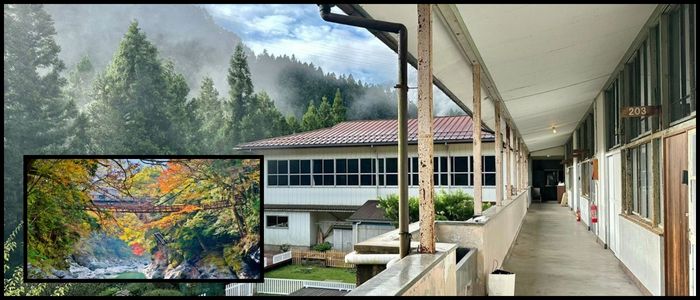
Old Schools Turned Inns Revive Rural Japan

Around Japan, in the hinterlands, almost 450 schools are closed each year as a younger generation of Japanese departs for the cities. One result is that towns like Miyoshi, out on Shikoku Island, face depopulation and decaying infrastructure.










